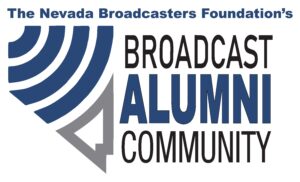
The FCC yesterday released a Public Notice reminding TV stations and other video programming providers including cable and satellite television providers of their obligations on making emergency information accessible for all viewers. With a few tweaks, including emphasizing that more hurricanes and wildfires occurred in the last year, the reminder is very similar to what the FCC said last year. Here is what we wrote about that notice, equally applicable to the one released yesterday:
The FCC provides examples of the kinds of emergencies that the rules are intended to cover – which for the first time this year includes pandemics. Other examples of the emergencies that these obligations would apply to include “tornadoes, hurricanes, floods, tidal waves, earthquakes, icing conditions, heavy snows, widespread fires, discharge of toxic gases, widespread power failures, industrial explosions, civil disorders, school closings and changes in school bus schedules resulting from such conditions, and warnings and watches of impending changes in weather.” The details that must be conveyed to the entire audience include “specific details regarding the areas that will be affected by the emergency, evacuation orders, detailed descriptions of areas to be evacuated, specific evacuation routes, approved shelters or the way to take shelter in one’s home, instructions on how to secure personal property, road closures, and how to obtain relief assistance.” The obligations are intended to cover not just the area where the emergency is occurring, but also in adjacent areas that may be affected by the effects of the emergency – and the obligations extend not just to the immediate time of the emergency but also to information about dealing with its aftermath. What do these rules require?
To accommodate those who are blind or visually impaired, the rules require that the video provider, in a newscast, present any visual information about emergency conditions in an aural manner as well. If information is presented outside a newscast in, for instance, a crawl on the bottom of the screen during an entertainment program, that crawl must be preceded by aural tones alerting the audience that they can tune to a secondary audio stream provided by the TV station giving the same information as conveyed by the crawl (see our articles here, here, here and here about that obligation).
For those who are deaf or hard of hearing, the FCC requires that emergency information that is provided aurally also be provided visually. This is often done through open captions but sometimes is even presented by whiteboards or other handwritten information by stations providing fast-breaking information.
The Public Notice sets out more information about these requirements, including specifics for MVPDs (including cable systems). It also suggests that any emergency information be provided in ways that those with any sort of cognitive impairment be able to understand what is being conveyed. In this time of hurricanes, pandemic and other natural and man-made disasters, all video providers should review this public notice and the FCC rules establishing these obligations.
Courtesy Broadcast Law Blog


